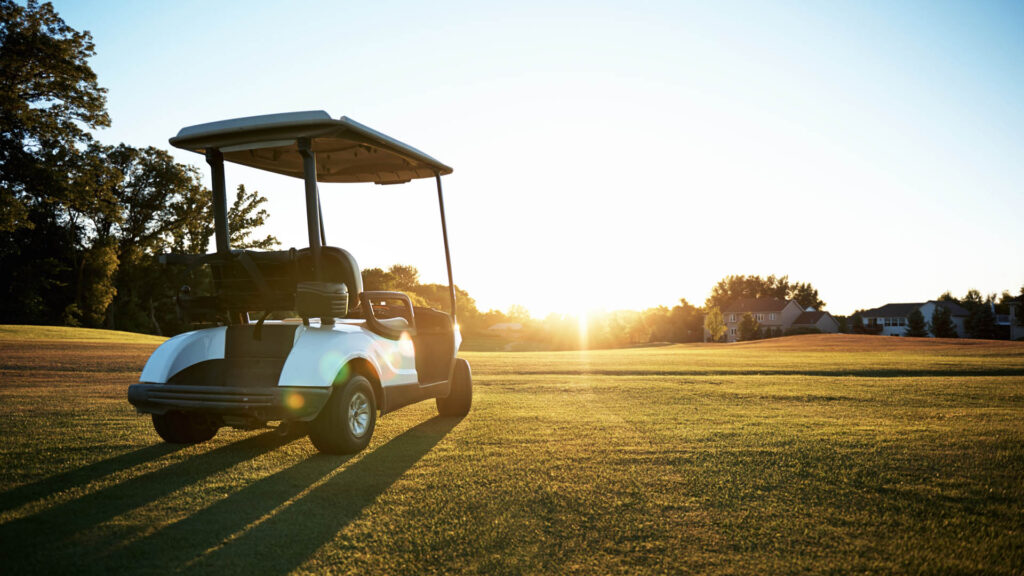
Understanding the common types of serious child injuries can help parents, grandparents, caregivers and loved ones prevent an avoidable tragedy from occurring.
With 20 years of courtroom experience, I have represented families in cases involving serious injuries to children. I have witnessed the physical, emotional, and financial impact a serious injury to a child can cause.
If your child suffered a serious injury, please don’t hesitate to contact me to discuss your options. You can contact us by phone at 864-235-4999 by clicking the button below or through our contact form.
When it comes to a child injury case, there are different laws and rules that apply. So you may think that one rule of law applies when in fact another totally different rule – a rule unique to cases involving minors – applies. This can potentially be the situation with the statute of limitations. Also, there are various claims that may be involved in a child injury case, including a parent’s claims for medical expenses related to the treatment the child received because of the injury. Thus, it is very important for you to call my office to discuss your specific situation. Contact me today to discuss your rights and to protect your rights.
Some of the more common types of serious child injuries are those involving head injury, brain injury, neck injury, burns, and fractures. The following post provides information on how to avoid or prevent these situations and potential symptoms to look for after an incident occurs.
Serious Child Injuries to the Head
When it comes to handling serious injury cases involving children, few injuries are as damaging as a Traumatic Brain Injury. Also known as a “TBI”, traumatic brain injuries can result in a lifetime of chronic care including extensive rehabilitation and expensive assistive technologies.
The most common types of traumatic brain injuries in children are concussions and skull fractures, but any jostling of the brain can result in a TBI.
If your child is suffering from any of the symptoms below, please contact a medical professional right away.
- Change in eating or nursing habits
- Unusual or easy irritability
- Persistent crying and inability to be consoled
- Unable to pay attention
- Change in sleep habits
- Seizures
- Sad or depressed mood
- Drowsiness
- Loss of interest in favorite toys or activities
- Loss of consciousness from several minutes to hours
- Persistent headache or headache that worsens
- Repeated vomiting or nausea
- Convulsions or seizures
- Dilation of one or both pupils of the eyes
- Clear fluids draining from the nose or ears
- Inability to awaken from sleep
- Weakness or numbness in fingers and toes
- Loss of coordination
- Profound confusion
- Agitation, combativeness or other unusual behavior
- Slurred speech
Returning to Play After a Concussion in Sports
Making sure the school, club or little league team has the proper equipment to project from serious child injuries is crucial. However, concussions, fractures and torn ligaments are a part of sports. After an injury occurs, it’s important for the coach to exercise proper caution before your child can return to the field or court, especially if the injury is a concussion.
Here are the six steps from the CDC that should be taken before your child returns to play following a concussion.
- Back to Regular Activities: A doctor must clear you in order to begin the return-to-play process. Do not confuse regular activities with returning to competition. Regular activities refer to going to school and taking short walks, nothing overly strenuous.
- Light Aerobic Activity: 5-10 minutes of exercise to get your heart rate up. Light jogging, biking or walking are acceptable. No weight lifting at this point
- Moderate Activity: Continue exercises that increase the heart rate. Some weight lifting is acceptable at this stage.
- Heavy, Non-Contact Activity: Time to add sprinting and regular weight lifting.
- Practice & Full Contact: You can return to the practice field with your teammates and participate fully in practice. However, you can’t play in games until the next step.
- Competition
Following the aforementioned steps is the safe and responsible manner for returning to play.
Serious Child Injuries on the Playground
A fun day in the sun at the playground can turn cloudy due to inadequate supervision and poorly maintained playground equipment.
Defective equipment could lead to serious injuries. If your child is injured on the playground, please don’t hesitate to contact me.
ATV Injuries to Children
Go-karts and ATVs can lead to serious fractures, neck and head injuries.
More than 10,000 go-kart injuries occur each year. Go-Karts provide almost no protection for the head, arms or legs. Therefore, when a collision or rollover happens, the injuries can be severe.
2016 report by the Consumer Product Safety Commission found from 1982 to 2016, 22 percent of ATV-related fatalities involved children under the age of sixteen.
Serious Child Injuries from Golf Carts
Many times, younger children, who are not properly trained or supervised, drive – which can lead to serious child injuries.
In a study conducted by the American Journal of Preventative Medicine, one-third of the 150,000 golf cart injuries from 1990 to 2006 involved children.
A golf cart’s lack of restraints and the risk of tipping over can lead to children falling off of the cart and suffering a serious injury.
Dangerous Toys can Lead to Serious Injuries
In 2016, more than 174 thousand children under the age of 15 were seen in emergency rooms due to toy-related injuries. Small toys and parts of toys used by older children can lead to choking hazards for younger children.
Before your child uses a toy, make sure to read the safety instructions. Use a bin or container to separate toys by age. This will prevent younger children from getting their hands on toys that could be harmful. Never buy toys with magnets. If swallowed, magnets can cause ulcers, bowel blockage or a severe infection.
Toy manufacturers have a responsibility to provide safe, fun products for children. If your child has been injured due to a toy, please don’t hesitate to contact me.
Swimming Pools
Drowning in swimming pools is still the leading cause of death in young children. Diving or jumping into a shallow pool can also lead to serious child injuries to the head and neck as well as arm and leg fractures.
Fencing the area around the pool, providing proper supervision and teaching your child proper pool safety can prevent a tragedy.
Visit our Swimming Pool Injuries page to learn more by clicking the button below.
Serious Child Injuries Wrap Up
As a parent, there’s nothing more important than the well-being of your child. By following some of the safety and legal advice in this post, you will hopefully be able to avoid the unthinkable consequences.
If the unthinkable does happen, please don’t hesitate to contact me at 864-235-4999 or by filling out the contact form below.
[contact-form-7 id=”12862″ title=”Video Consultation Form”]

